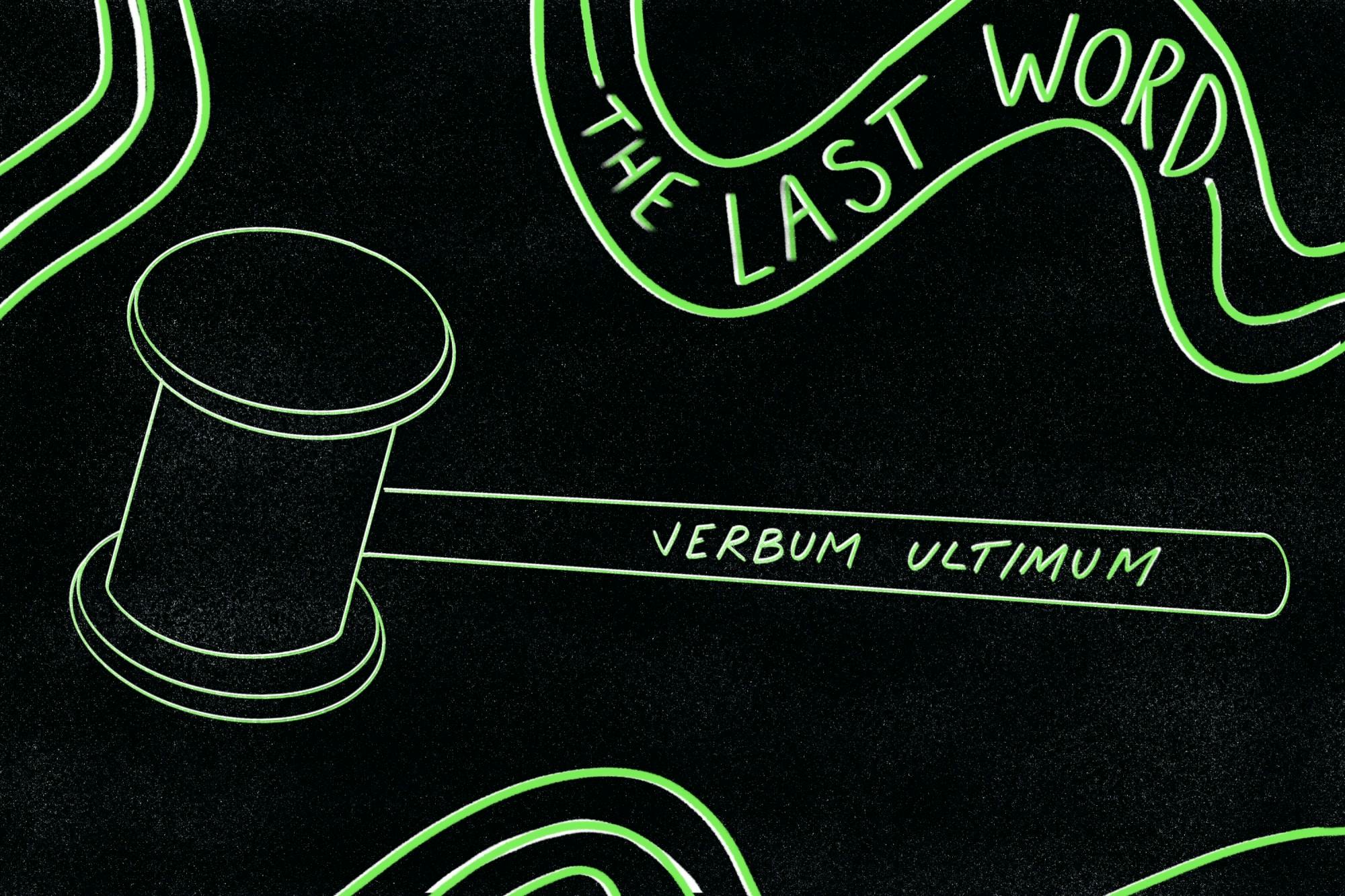The Hopkins Center for the Arts is a hub for performing arts in the Upper Valley. From renowned guest performances to a capella groups and orchestral concerts to student productions and film screenings — and countless events in between — the Hopkins Center is a gathering place for those affiliated with Dartmouth and the broader area to engage with the arts.
Sadly, the community will lose access to this gem of campus arts life very soon. Earlier this year, Dartmouth announced the temporary closure of the Hopkins Center while the facility undergoes renovations. Currently, this closure is slated to begin by the end of this year with an estimated reopening in fall 2025.
Although the College has provided some insight into where spaces will be housed throughout the renovation — including the music and theater departments and the jewelry and ceramic studios — many other details remain unclear. Will large shows — like Pippin and RENT — be performed at all over the next three years? If so, where could the community gather for these shows, which can draw thousands of attendees? Will the artist in residence program continue? We know that smaller activities will be accommodated; students will be able to book practice rooms and small spaces for performances. But few — if any — other spaces on campus have the capacity to bring together over a thousand people together in one space, not to mention the grandeur of the theaters in the Hopkins Center.
We understand the necessity of renovations and construction. This displacement is only temporary and will result in a Hopkins Center that is, hopefully, better suited to engagement with these traditions and programs than in its current state. However, investing in the arts cannot begin and end with infrastructure. If the College cares about the arts, it is vital that it does everything in its power to keep our performances and programs alive in these next few years.
Sure, Dartmouth isn’t known for its reputation as an “arts school.” After all, we average about seven theater majors and nine music majors per year. However, this does not account for students who modify their major with music or theater, students who minor in either discipline or the countless students who are part of a performance group, attend Hop events or take classes in these fields. This Editorial Board feels strongly that Dartmouth students care about the arts. Whether students are part of the arts community or not, it only takes a dance or an a capella performance to see people flocking to support. We enjoy performing in plays, stage managing, attending friends’ performances, learning from experts and watching world-class artists give amazing performances.
While some may argue that losing a few years of large-scale performances are a reasonable concession to achieve long-term improvements to the Hopkins Center, the Hopkins Center is more than just a place for arts clubs to rehearse — it serves as a cultural hub for the local community. After all, rural New Hampshire doesn’t typically attract talent of the likes of renowned satirist Andy Borowitz, Met Opera choreographer Camille Brown or world-class pianists such as Jean-Yves Thibaudet. But because the Hopkins Center is a part of Dartmouth, these acts make their way to Hanover and Upper Valley residents are able to enjoy them. And with an already fragile relationship between the College and the Upper Valley community, we cannot risk the loss of an equalizer like the Hop.
We agree that renovations of the Hopkins Center are necessary for the continued health of the arts at Dartmouth. But to avoid dismantling student interest and the legacy of our arts programs, it is integral that the College continues supporting the programs that drive this interest in the first place, no matter the cost.
The editorial board consists of opinion staff columnists, the opinion editors, the executive editors and the editor-in-chief.


